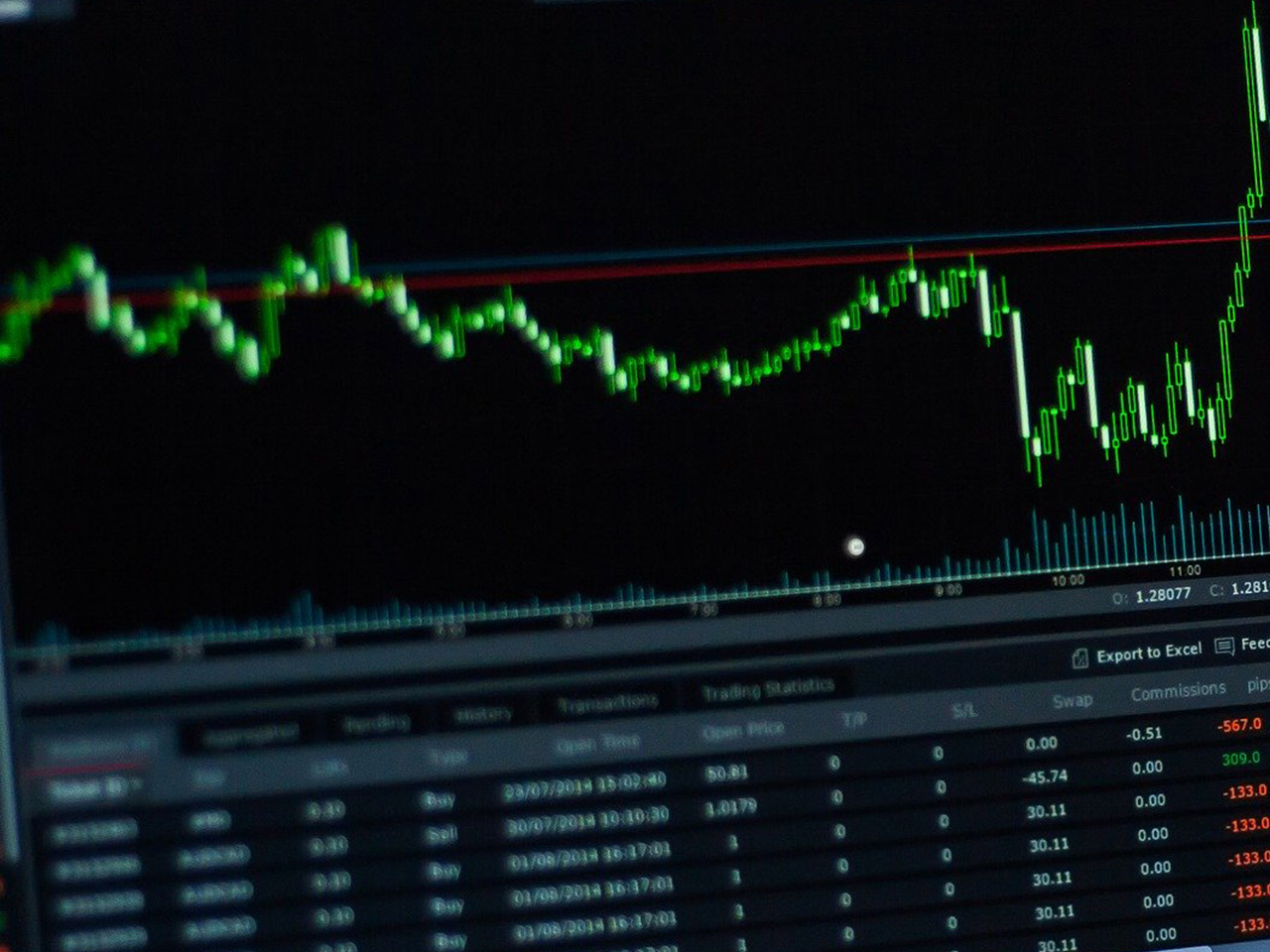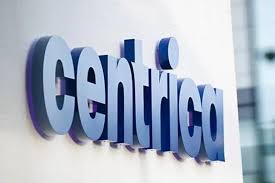Regencell Bioscience Holdings Limited (NASDAQ: RGC) stands out in the healthcare sector as a burgeoning player in the realm of Traditional Chinese Medicine (TCM). With a focus on developing treatments for neurocognitive disorders such as ADHD and autism spectrum disorder, this Hong Kong-based company is carving a niche in the specialized field of drug manufacturing. While its market cap of $7.44 billion reflects a substantial footprint, the company’s stock performance and financial metrics present a more complex picture for potential investors.
Currently priced at $15.05, RGC’s stock has experienced a dramatic 52-week range, oscillating from as low as $0.09 to a high of $78.00. This volatility points to significant market interest and potential speculative trading activities. However, the recent price change of -0.13 (-0.01%) indicates a stabilization phase, albeit with cautious investor sentiment.
From a valuation perspective, the absence of traditional metrics such as P/E, PEG, and Price/Book ratios suggests that Regencell is still in its developmental stages, focusing more on research and less on profitability. The company’s negative earnings per share (EPS) of -0.01, combined with a return on equity (ROE) of -47.77%, highlights the challenges it faces in generating returns on investments at this point.
Regencell’s performance metrics further underscore these challenges. With revenue growth and net income data unavailable, investors are left to consider the company’s strategic vision and long-term potential rather than immediate financial gains. The absence of free cash flow data also limits visibility into its operational efficiency and financial health.
On the dividend front, RGC does not currently offer a yield, aligning with its strategy of reinvesting in growth and development rather than returning capital to shareholders. A payout ratio of 0.00% supports this strategic reinvestment approach, which is common among companies in growth phases or those operating within high-risk sectors.
Analyst ratings provide little guidance, with no buy, hold, or sell recommendations available. This lack of coverage could be interpreted as an opportunity for investors willing to take on the risks associated with under-the-radar stocks. Moreover, the absence of a target price range and potential upside or downside estimates leaves investors to rely more on their assessments and market speculation.
Technical indicators offer a mixed perspective. The stock’s 50-day moving average of $19.37 is significantly higher than its current price, indicating bearish momentum. However, the 200-day moving average of $5.31 suggests long-term growth potential, given the current trading price. The RSI (Relative Strength Index) of 38.39 points to a stock that is nearing oversold territory, which could attract value-oriented investors. Meanwhile, the MACD and signal line indicators, both in negative territory, reinforce the current bearish sentiment.
Regencell Bioscience Holdings presents a complex investment case. While its focus on TCM and neurocognitive disorders offers promising growth potential, the lack of financial metrics and analyst coverage necessitates a high-risk tolerance. Investors interested in the healthcare sector’s innovative edges may find Regencell’s focus on TCM a compelling narrative, provided they are prepared for the inherent volatility and long-term horizon required for potentially realizing returns.








































